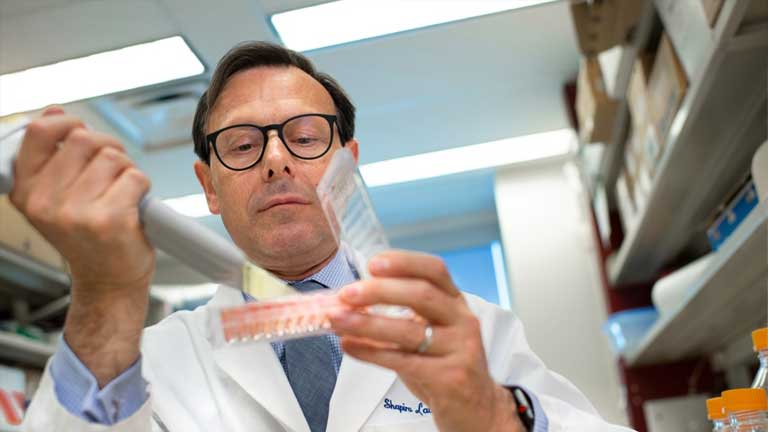image caption: Microscope image of pancreatic tissue, magnification 25X. Shows Islets of Langerhans (lightly stained, pink areas – composed of alpha and beta cells, endocrine tissue), and exocrine tissue (darker, surrounding tissue, secretes digestive enzymes). Credit: Ed Reschke/Getty Images
Australian researchers did it with an already-FDA-approved drug.
by: Imma Perfetto – Cosmos Magazine
Australian scientists have discovered a way to reactivate pancreatic stem cells to express insulin, a potential new avenue for the treatment of Type 1 diabetics.
They did this using a drug that is approved by the US Food and Drug Administration (FDA) but is not currently licened for diabetes treatment. Although the research is in its initial stages, this approach could lead to future therapies in which newborn insulin producing cells (beta-cells) replace the ones destroyed in Type 1 diabetics.
The results have been reported in new study published in the journal Signal Transduction and Targeted Therapy.
“We consider the research novel and an important step forward towards developing new therapies,” says senior author Professor Assam El-Osta, an epigeneticist and leader of the El-Osta research group in the Department of Diabetes, Central Clinical School, at Monash University, Australia.
Reprogramming pancreatic stem cells
Type 1 diabetes is an autoimmune disease in which insulin-producing beta-cells in the pancreas are selectively destroyed.



